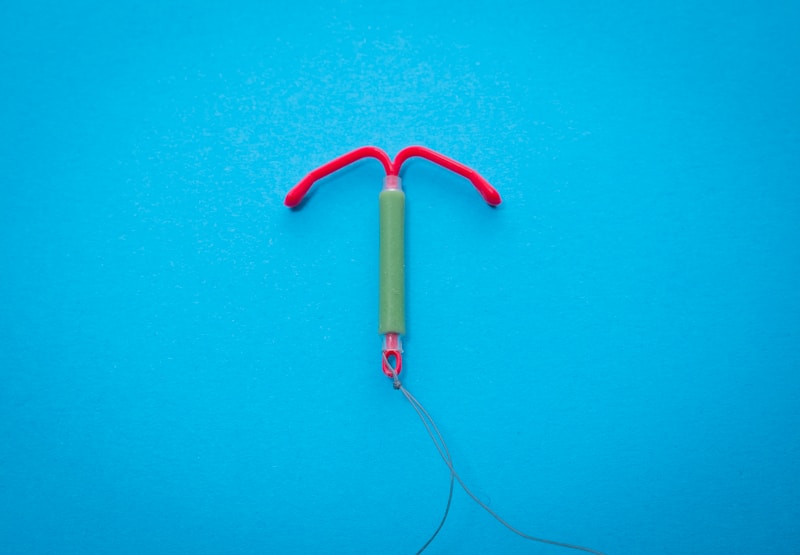24 Questions
What does Kelly's mother do for a living?
She's a Spanish teacher
What is the nationality of Kelly's father?
American
What is the favorite hobby of Kelly's sister Shania?
Listening to music
What color is Kelly and her sister's eyes?
Green
When is the Present Simple tense used?
The Present Simple tense is used to describe habits, routines, facts, and general truths.
How is the Present Continuous tense formed?
The Present Continuous tense is formed by using the verb 'to be' in the present tense (am, is, are) followed by the present participle (-ing form) of the main verb.
What type of actions does the Present Continuous tense describe?
The Present Continuous tense describes actions happening at the present moment or actions that are in progress.
Give an example of a sentence in the Present Simple tense.
She reads books for pleasure.
Provide an example of a sentence in the Present Continuous tense.
They are drinking tea to calm down.
What is the difference between the Present Simple and Present Continuous tenses?
The Present Simple tense focuses on habits, routines, facts, and general truths, while the Present Continuous tense emphasizes actions happening at the present moment or actions that are in progress.
How is the Present Simple tense formed?
The Present Simple tense is formed by using the base form of the verb, followed by the subject pronoun (if needed) and the present tense verb endings (-s, -es, -x, -es for third person singular verbs).
What are the present tense verb endings for third person singular verbs in the Present Simple tense?
-s, -es, -x, -es
In the sentence 'She is reading a book for her course,' which tense is being used?
Present Continuous tense
Explain the difference in the context of actions being described by the Present Simple and Present Continuous tenses.
The Present Simple tense focuses on general habits and routines, while the Present Continuous tense emphasizes actions happening at the present moment or actions that are in progress.
What is the key difference between the present simple and present continuous tenses?
The present simple tense focuses on the action itself, while the present continuous tense highlights the process or the ongoing nature of the action.
When should the present simple tense be used?
For facts, habits, routines, offers, requests, and promises.
When is the present continuous tense used?
For ongoing events, actions happening at the moment of speaking, and to emphasize the process of an action.
Why is the present continuous tense generally not used with the first-person singular pronoun 'I'?
Because the first-person singular pronoun 'I' is typically used with the present simple tense.
How do the present simple and present continuous tenses help in conveying information clearly and accurately in English?
By mastering these tenses, one can effectively convey the nature and timing of actions or events.
What are the key differences between the Present Simple and Present Continuous tenses?
The Present Simple tense is used for facts, habits, and routines, while the Present Continuous tense is used for actions happening at the moment of speaking or ongoing events.
Provide an example of a sentence in the Present Continuous tense.
I am studying for the exam.
Give an example of a sentence in the Present Simple tense.
She reads a book every night.
When is the Present Simple tense used?
The Present Simple tense is used to describe facts, habits, and routines, as well as to make offers, requests, and promises.
What type of actions does the Present Continuous tense describe?
The Present Continuous tense describes actions happening at the moment of speaking or ongoing events.
Study Notes
Family Details
- Kelly's mother's occupation is not mentioned.
- Kelly's father's nationality is not mentioned.
- Shania, Kelly's sister, has an unspecified favorite hobby.
- Kelly and her sister have the same eye color, which is not specified.
Present Simple and Present Continuous Tenses
Formation and Usage
- The Present Simple tense is used to describe:
- Habitual or routine actions.
- General truths.
- Fixed schedules.
- The Present Simple tense is formed using the base form of the verb.
- The present tense verb endings for third person singular verbs in the Present Simple tense are -s, -es, or -ies.
Present Continuous Tense
- The Present Continuous tense is used to describe:
- Actions in progress at the moment of speaking.
- Temporary or changing situations.
- Trends or developments.
- The Present Continuous tense is formed using the present participle of the verb (-ing form) with the auxiliary verb "to be".
- The Present Continuous tense describes actions that are ongoing or in progress.
Examples
- Example of a sentence in the Present Simple tense: "She reads a book every day."
- Example of a sentence in the Present Continuous tense: "She is reading a book for her course."
Key Differences
- The Present Simple tense is used for habitual or routine actions, while the Present Continuous tense is used for actions in progress.
- The Present Continuous tense is generally not used with the first-person singular pronoun 'I' to describe permanent or habitual actions.
- The Present Simple and Present Continuous tenses help convey information clearly and accurately in English by specifying the nature of the action being described.
Read a description of a family living in California, including details about the parents' occupations, physical appearances, and cultural backgrounds, as well as the sister's hobby.
Make Your Own Quizzes and Flashcards
Convert your notes into interactive study material.



